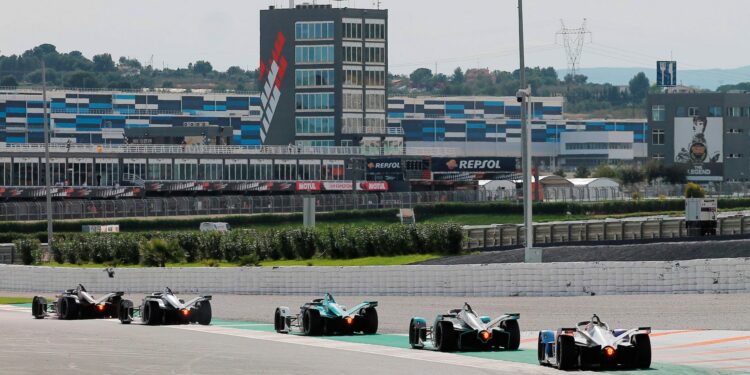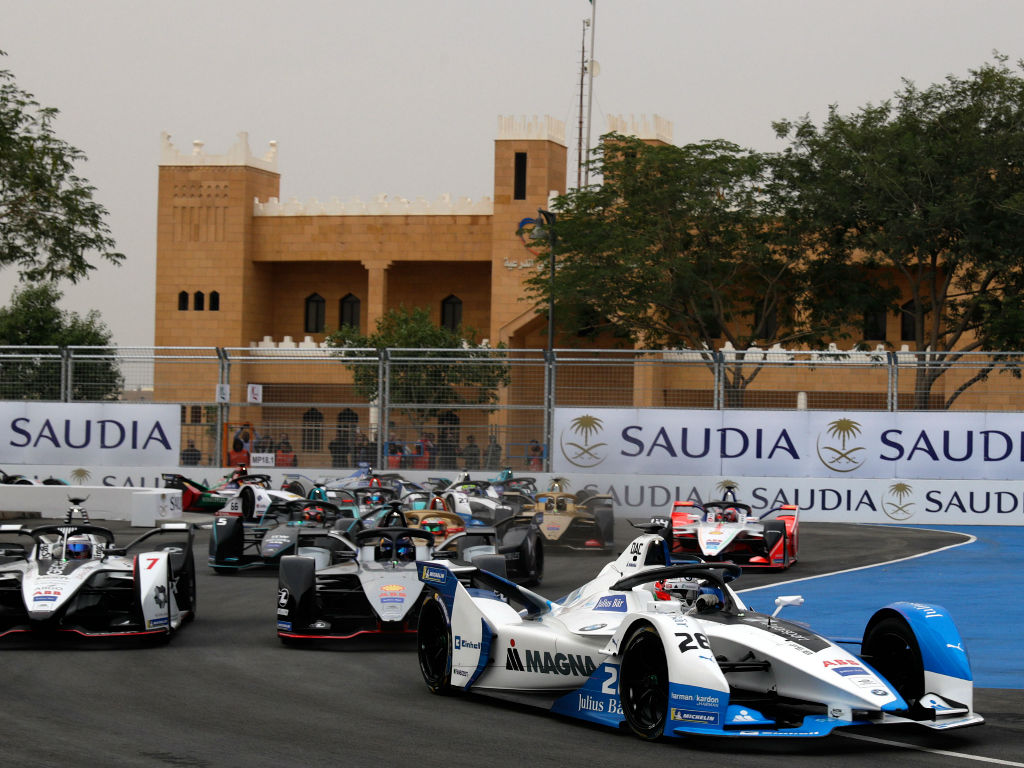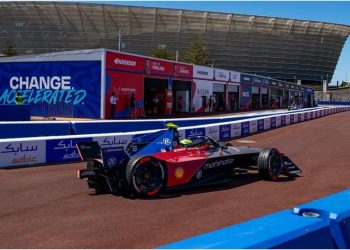Building a Formula E track is not an easy task. Although the new electric category has a large number of specialists and consultants, there are many steps that must be taken to ensure that the tracks comply with the requirements established by the International Automobile Federation (FIA).
Although most of them are built within city centers and are not permanent, building a street circuit requires special and complex skills.
From the design, homologation, diplomacy with local governments, safety and sustainability aspects, these are just a few examples that must be considered and carried out when building an E-Prix.
Starting Point
The first step is a feasibility study. As they are usually located at the heart of metropolises, the layout should not interfere with the existing structure.
Once the location has been determined, it must be calculated if the width of the road to be used is sufficient or not. The length of the track itself is usually 2 to 3 km, because Formula E races mostly cover a distance of 80 to 90 km.
Oli McCrudden, Director of City Development for Formula E explained that according to FIA regulations, the width of the tournament track is a 12-meter maximum. However, some have several areas with a width of only 8 meters or less.
For the design, the Circuit Safety Commission of the highest governing body has to be involved to ensure that they complete the standards, especially from the racing safety side, both for racers and spectators.
Team Zone
The development of the pit lane must also be considered when making up the layout. The minimum length of the pit lane is 200 meters for a minimum of 15 spaces, which is approximately 15 meters wide. The reason is that there are 12 templates and the paddock for the FIA and other race managers.
Besides the pit lane, the location of the battery charging area, catering, medical centers, among others must be considered because everything must be efficient.
The Formula E authority has developed a system of modular blocks approved by FIA. With this system, the creation of circuits can be faster without interrupting public activities.
With the structure, the installation of safety walls and fences can be done in a day and night with the vehicles still in transit. The new road will be closed on Friday or the first day of race weekend.
The Drivers’ Position
Lucas di Grassi, one of the stars of Formula E stresses that the circuit must be wide enough and the straight line long enough so that it can provide plenty of overtaking to entertain the public.
For his part, Sebastien Buemi, 2015-2016 Season Champion considers that the track must be smooth to ensure overtaking and good braking.
Written by I Jhonattan González













